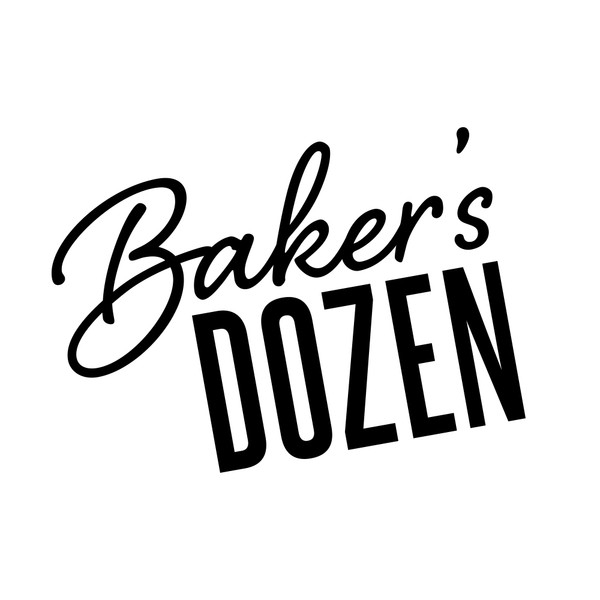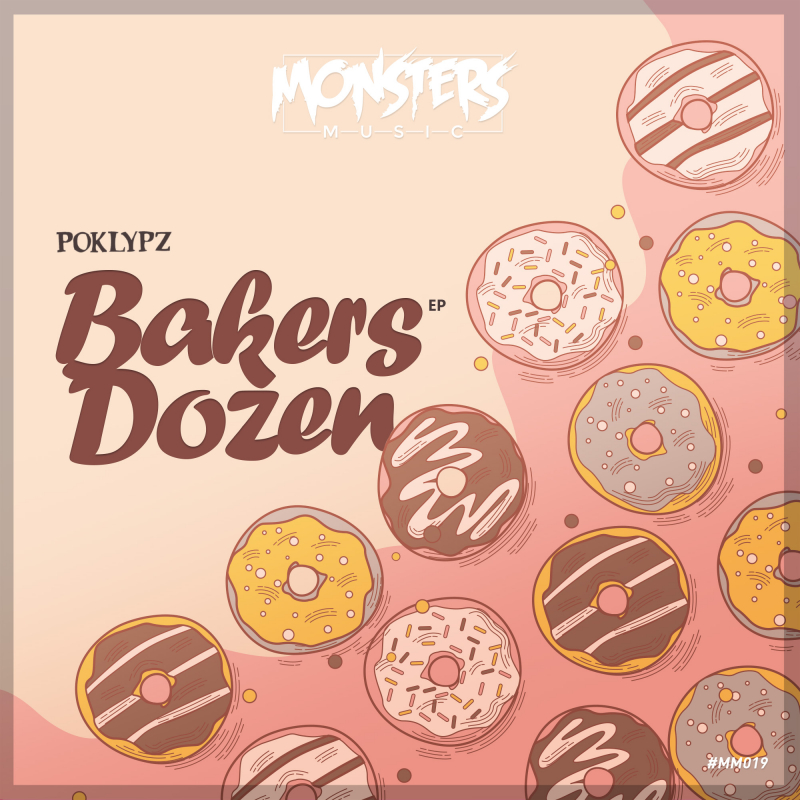A Baker’s Dozen Exists Because Bakers Were Afraid of Short Changing Customers
Twelve is represented by the word "dozen," which is derived from the Latin word "dozen," all of which signify 12. It is confusing that a baker's dozen, which refers to 13, also exists. There is always one more person in a baker's dozen for pure fear-based reasons.
This one dates back to medieval bakers. The cost of wheat was directly correlated with the cost of bread. Legally, a baker couldn't overcharge you by providing you a lesser loaf for the same price. They would be punished if they undercharged a customer.
Henry III reinstated the law, known as the Assize of Bread and Ale, in 1266. When a baker underweighed their bread, they may be penalized or even flogged, according to the law, known as the Assize of Bread and Ale, which was reinstated in 1266 by Henry III. As a result, bakers would include an additional loaf when selling loaves by the dozen to exclude the possibility of accidentally undercharging someone. A customer might receive one additional crust if they purchased a single loaf.












